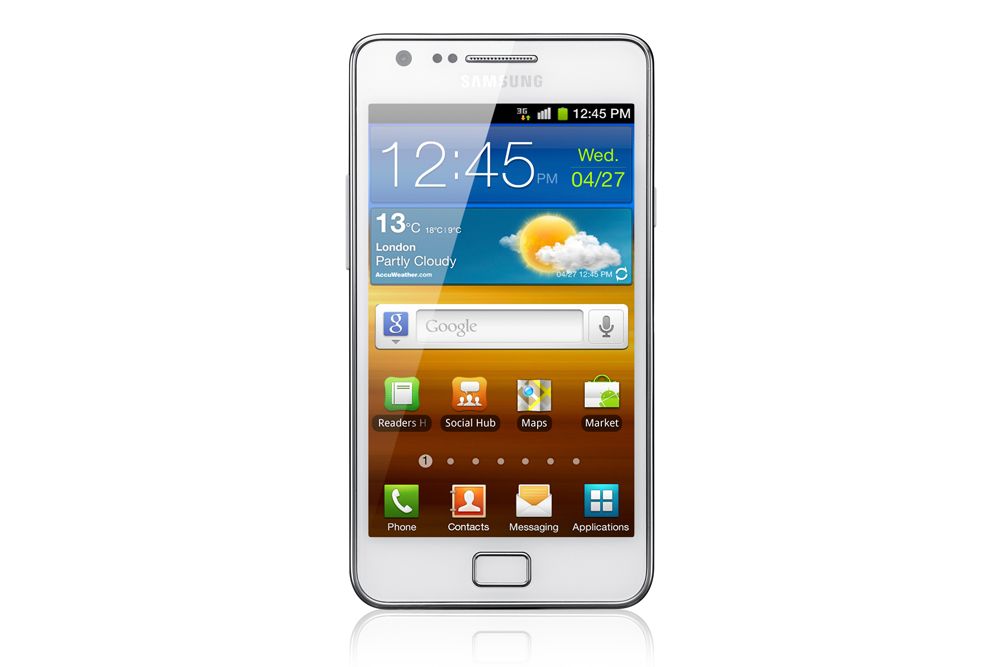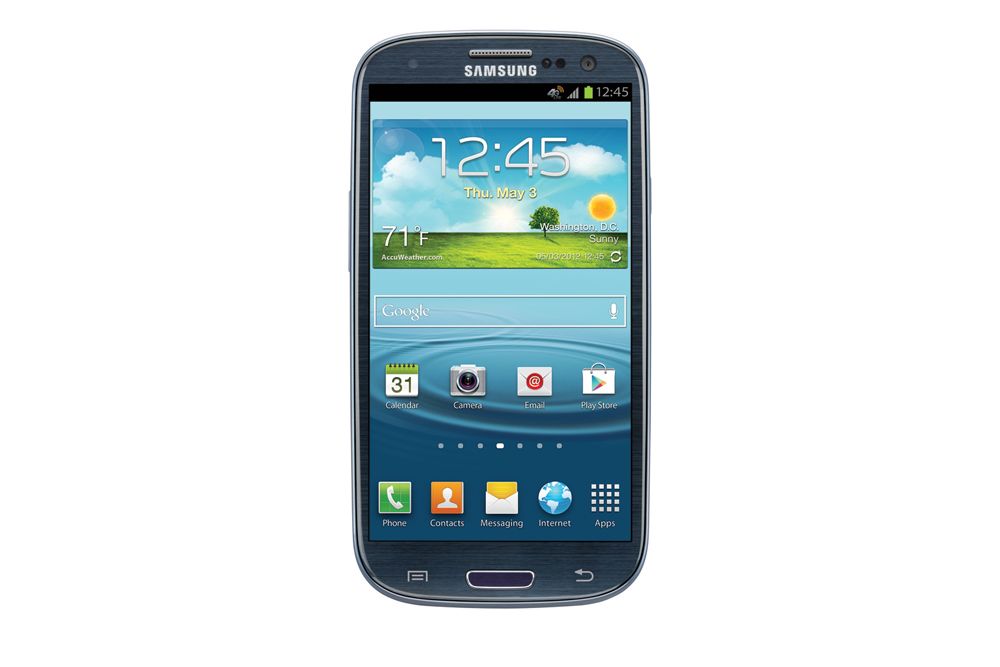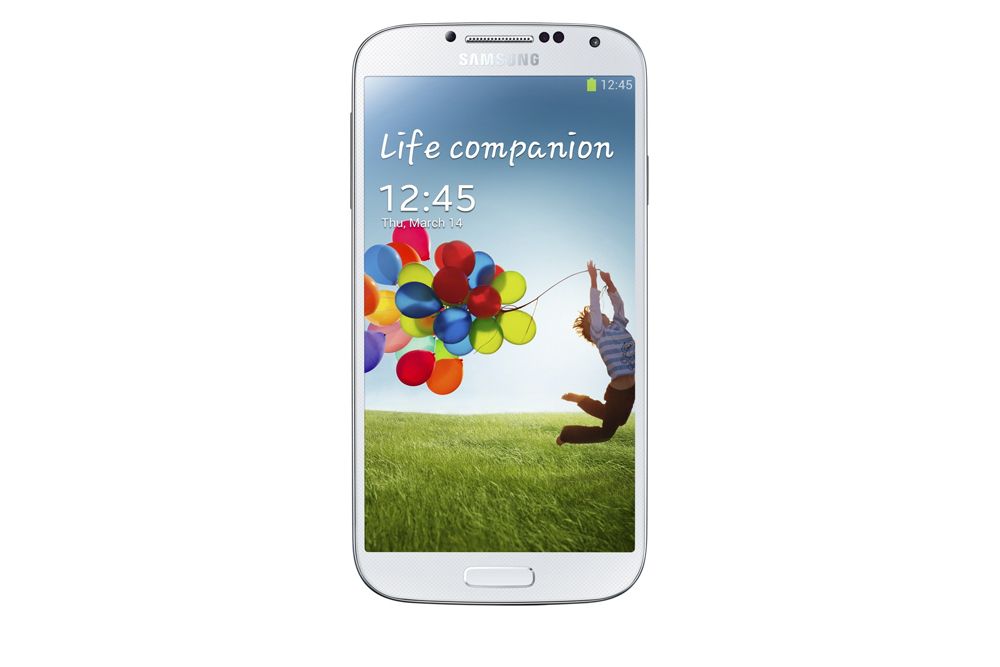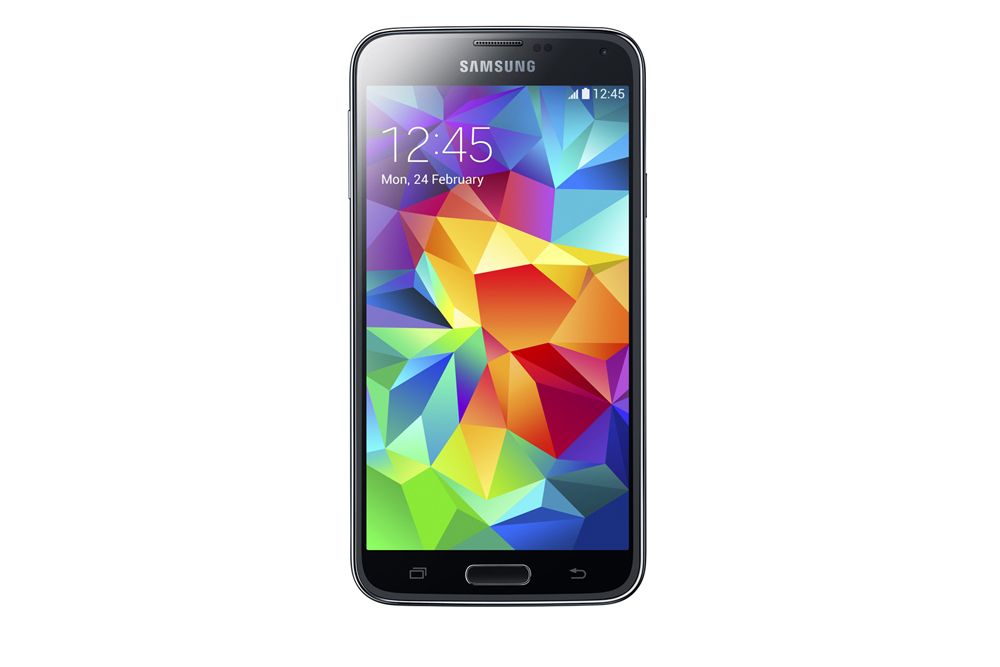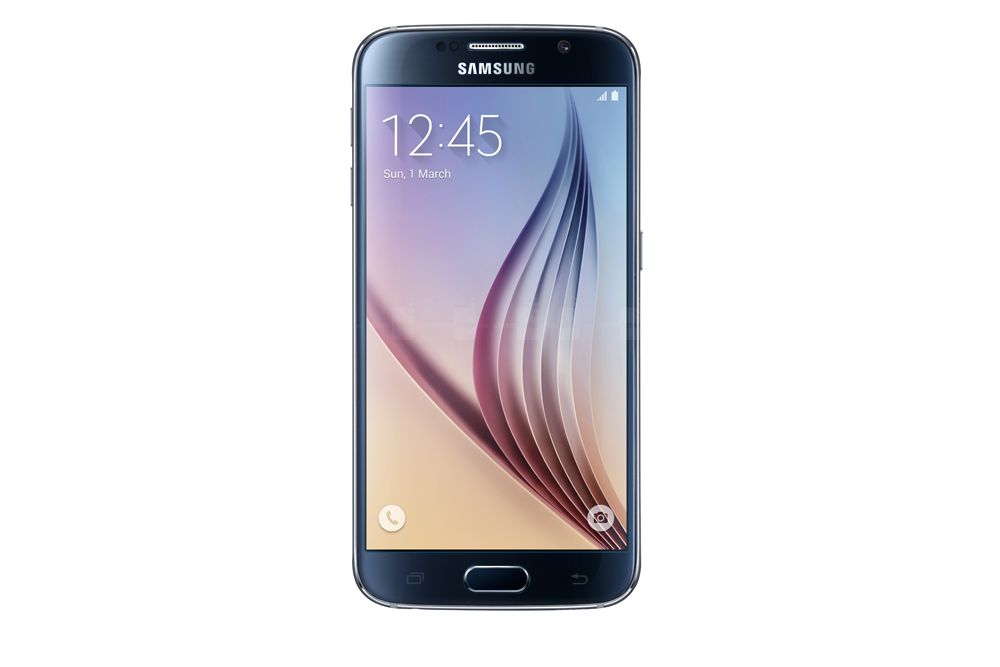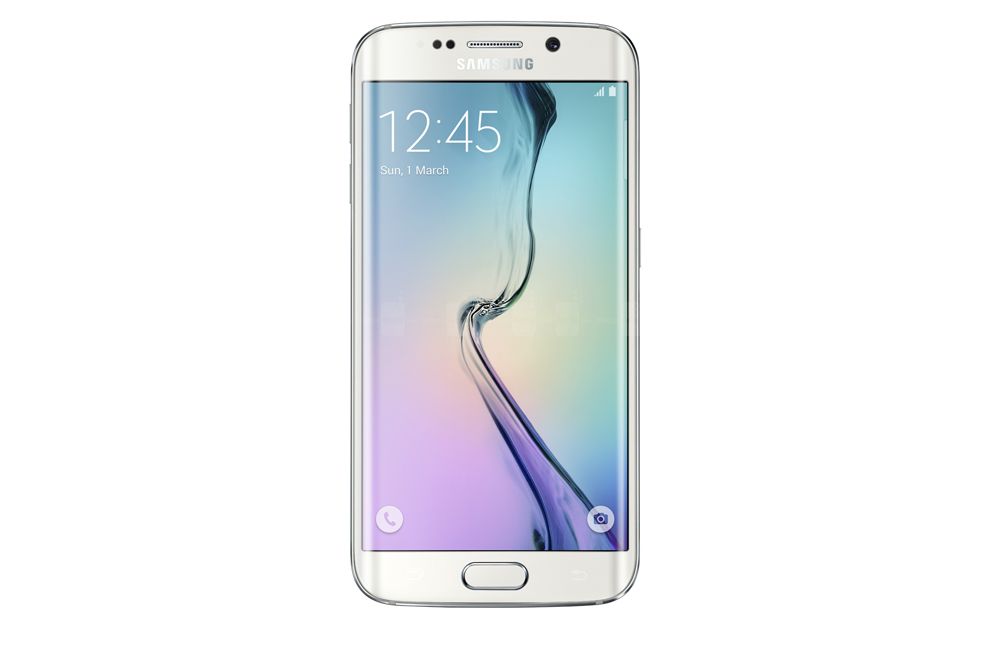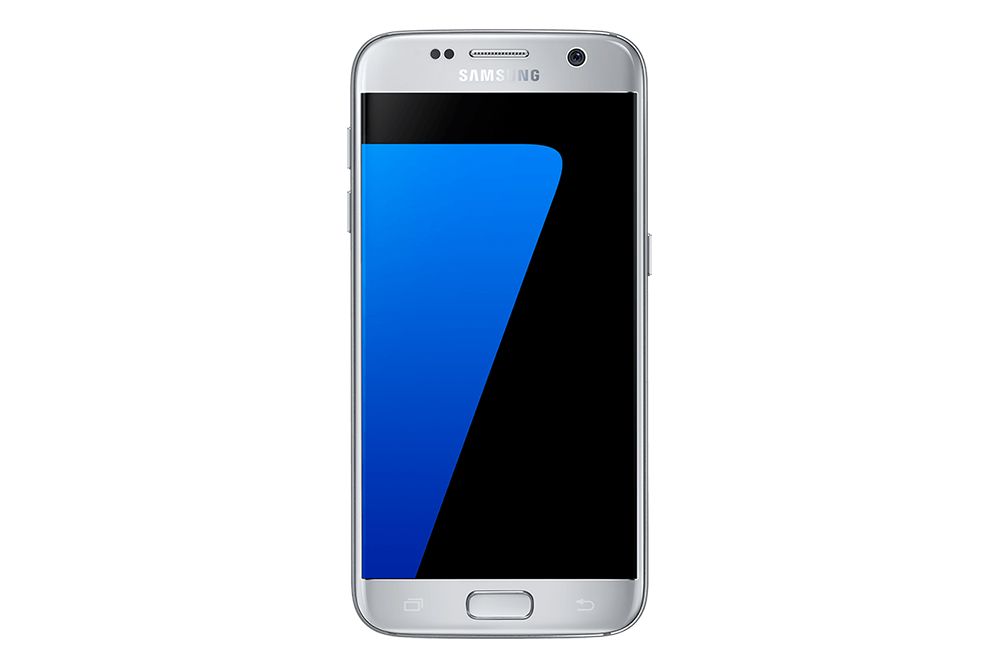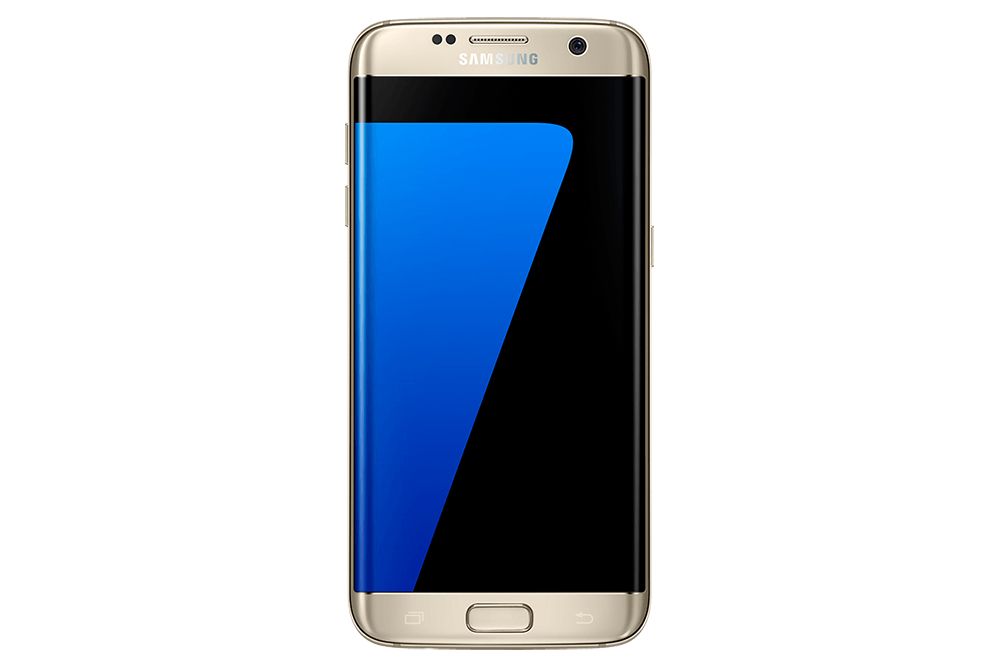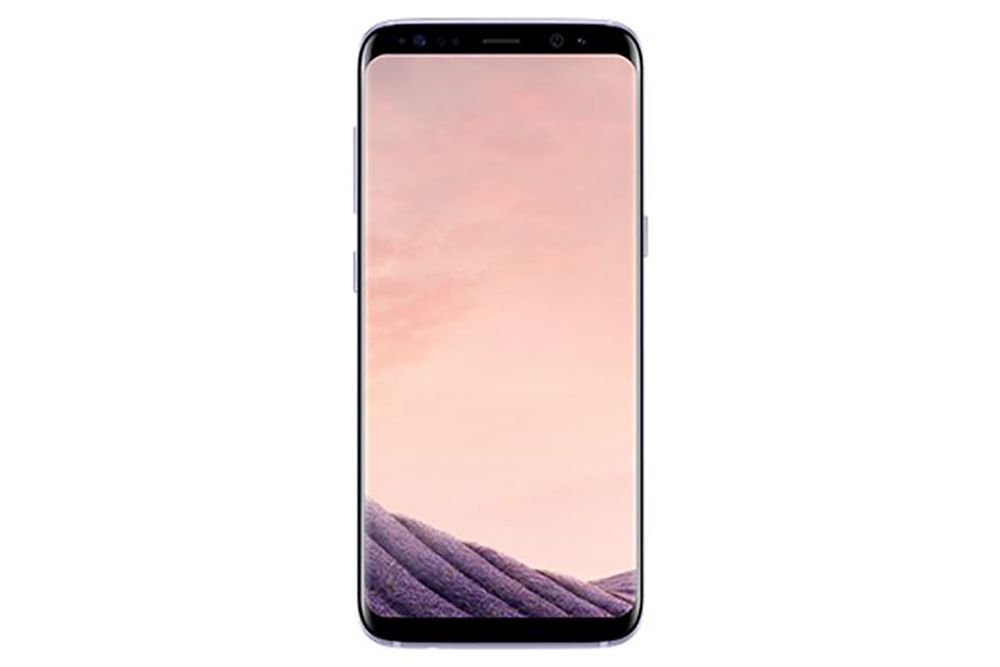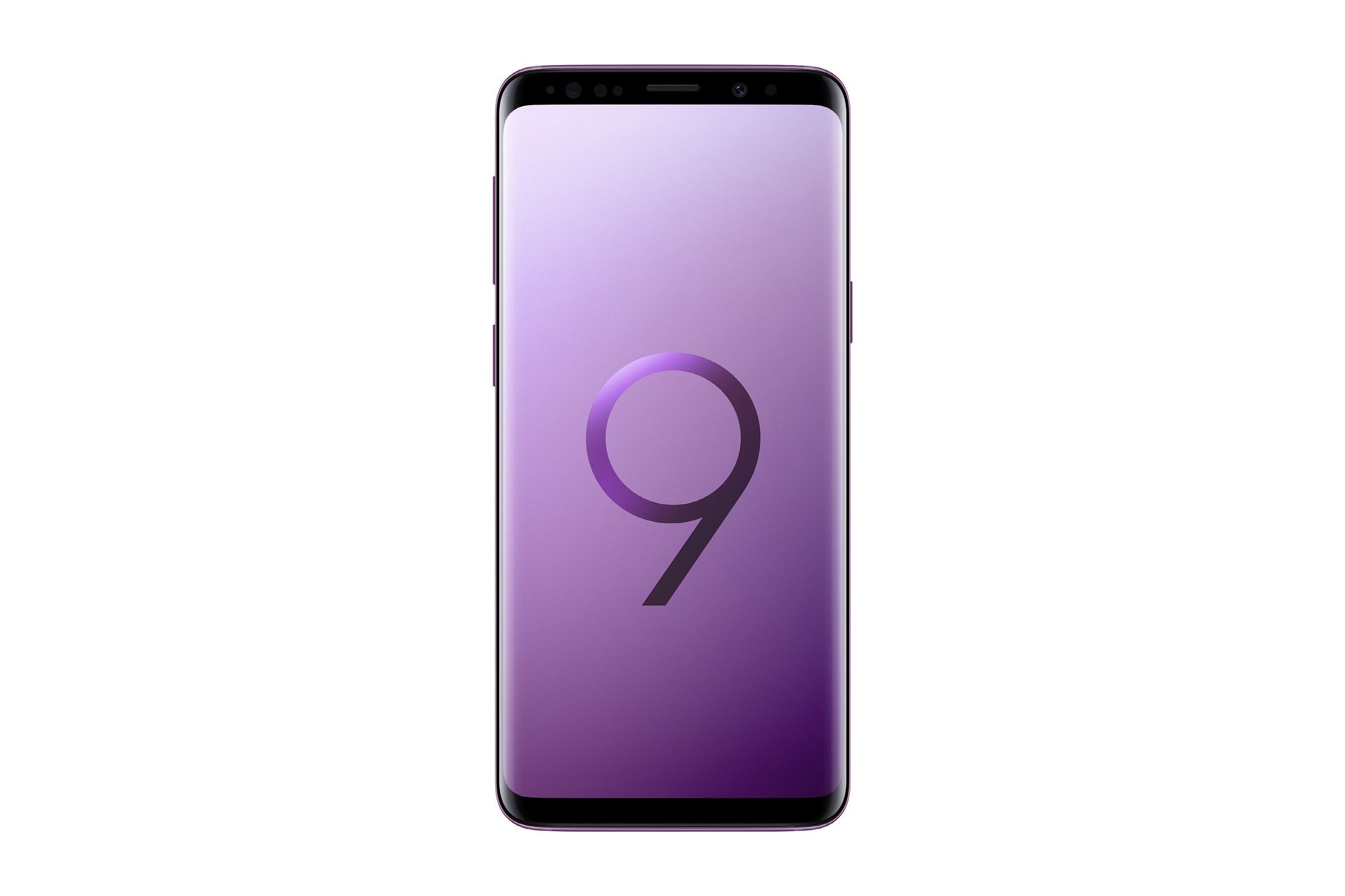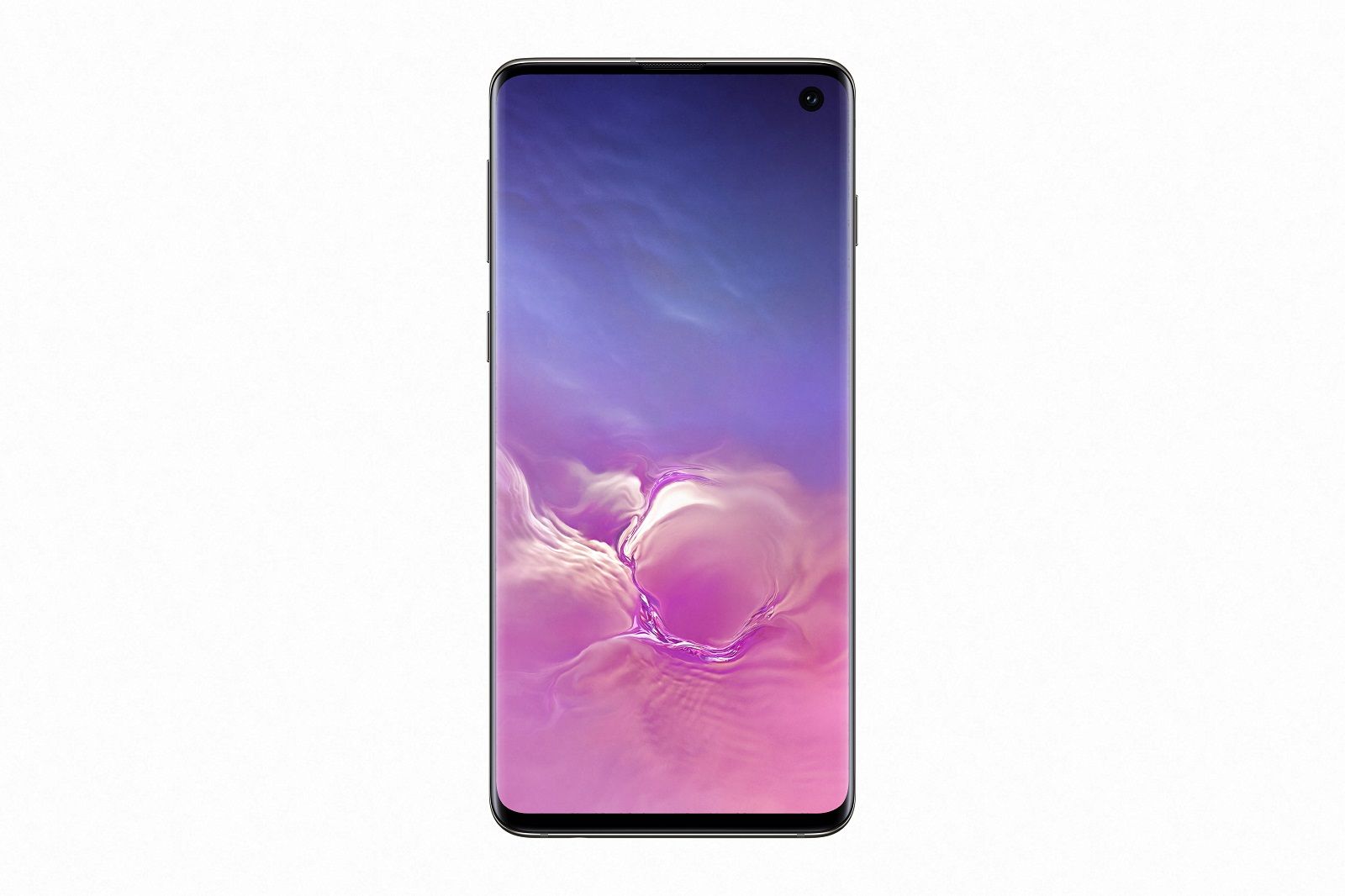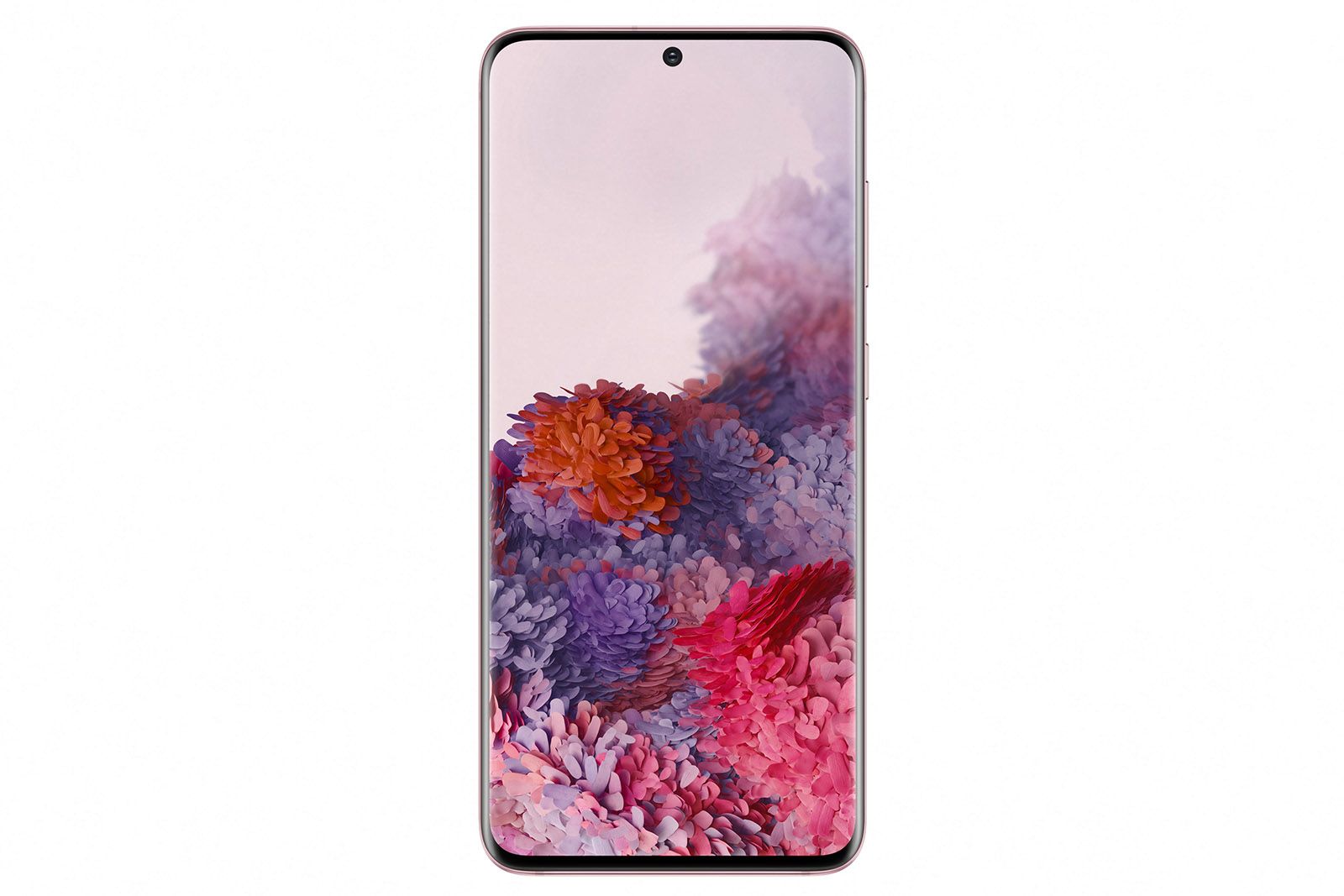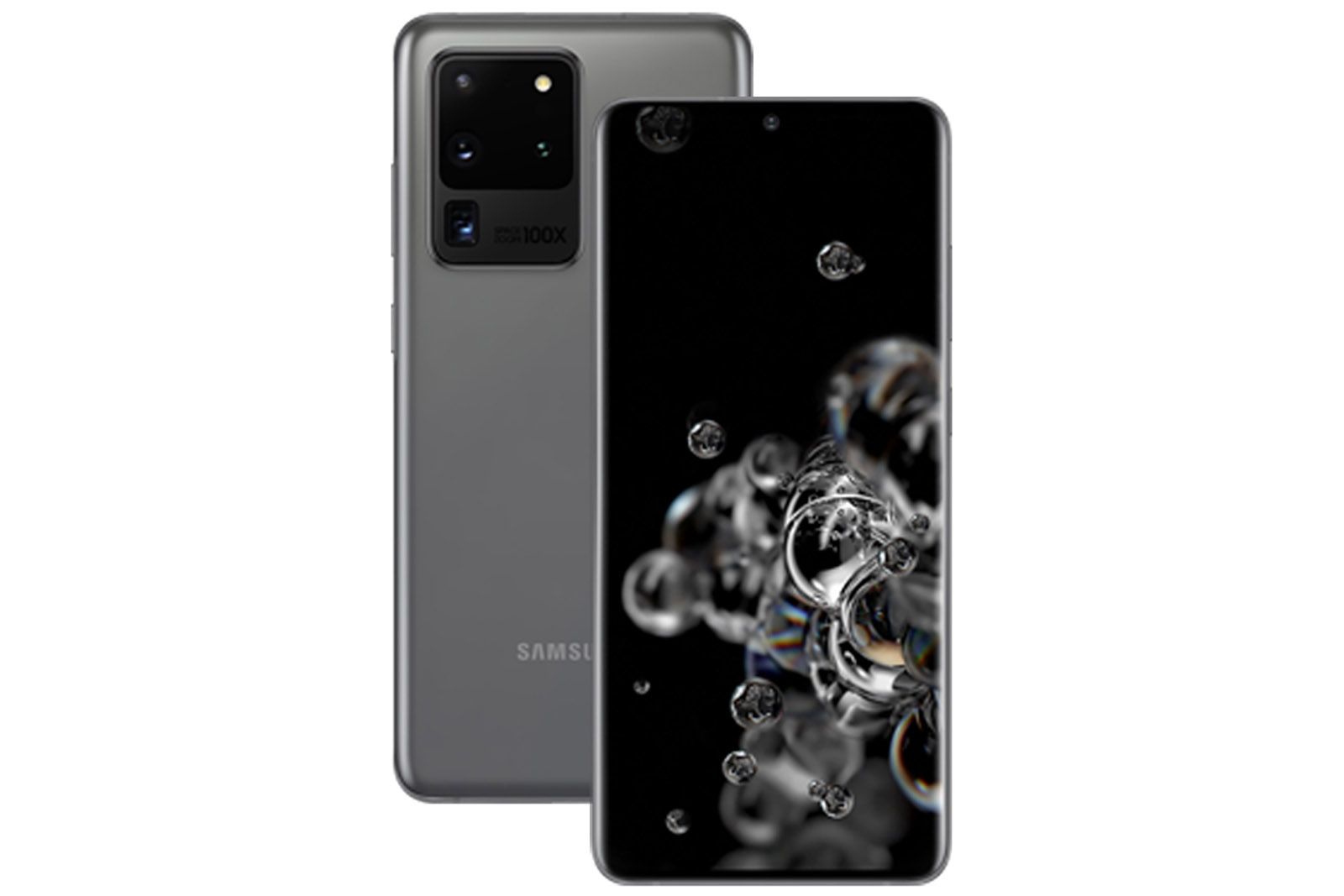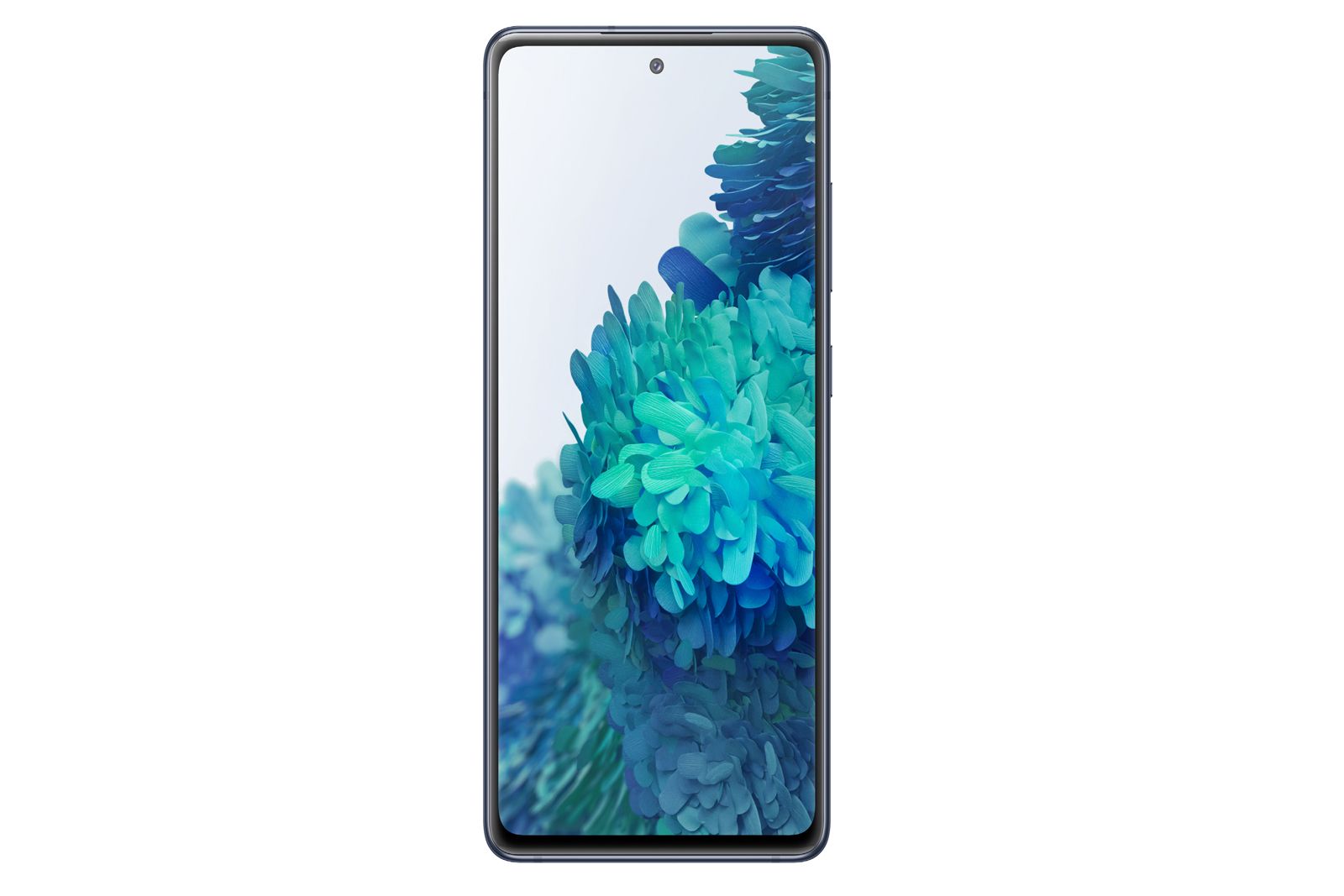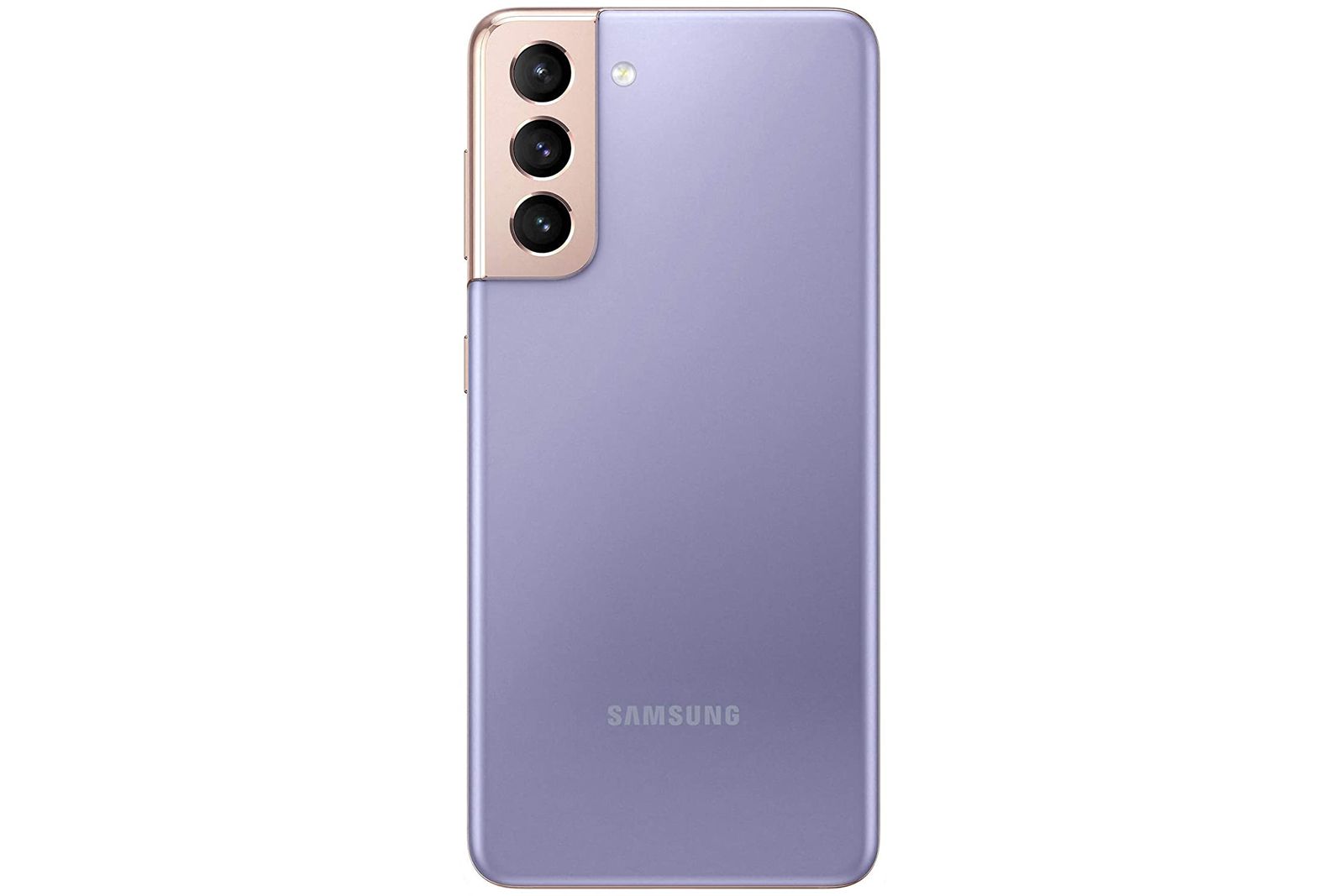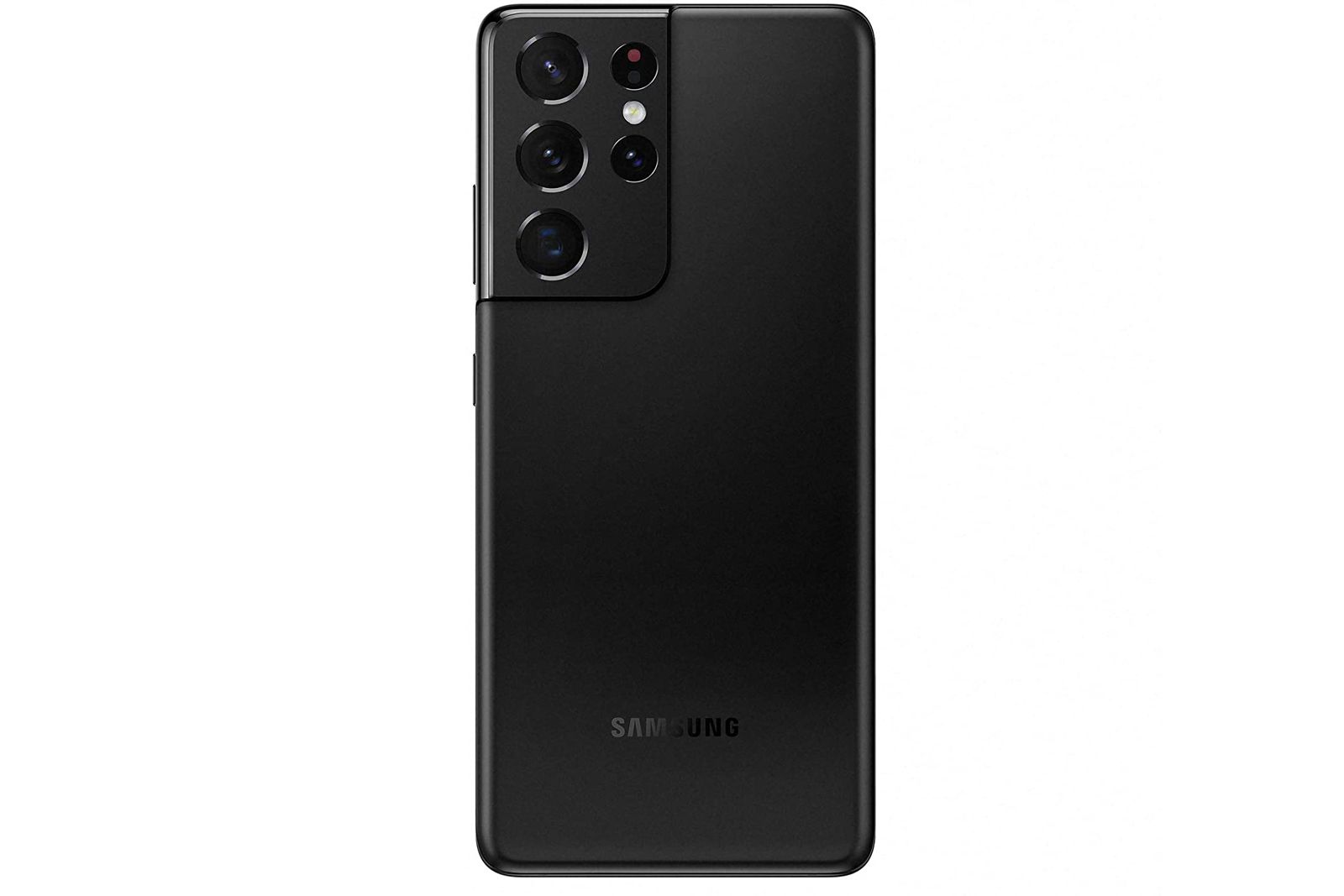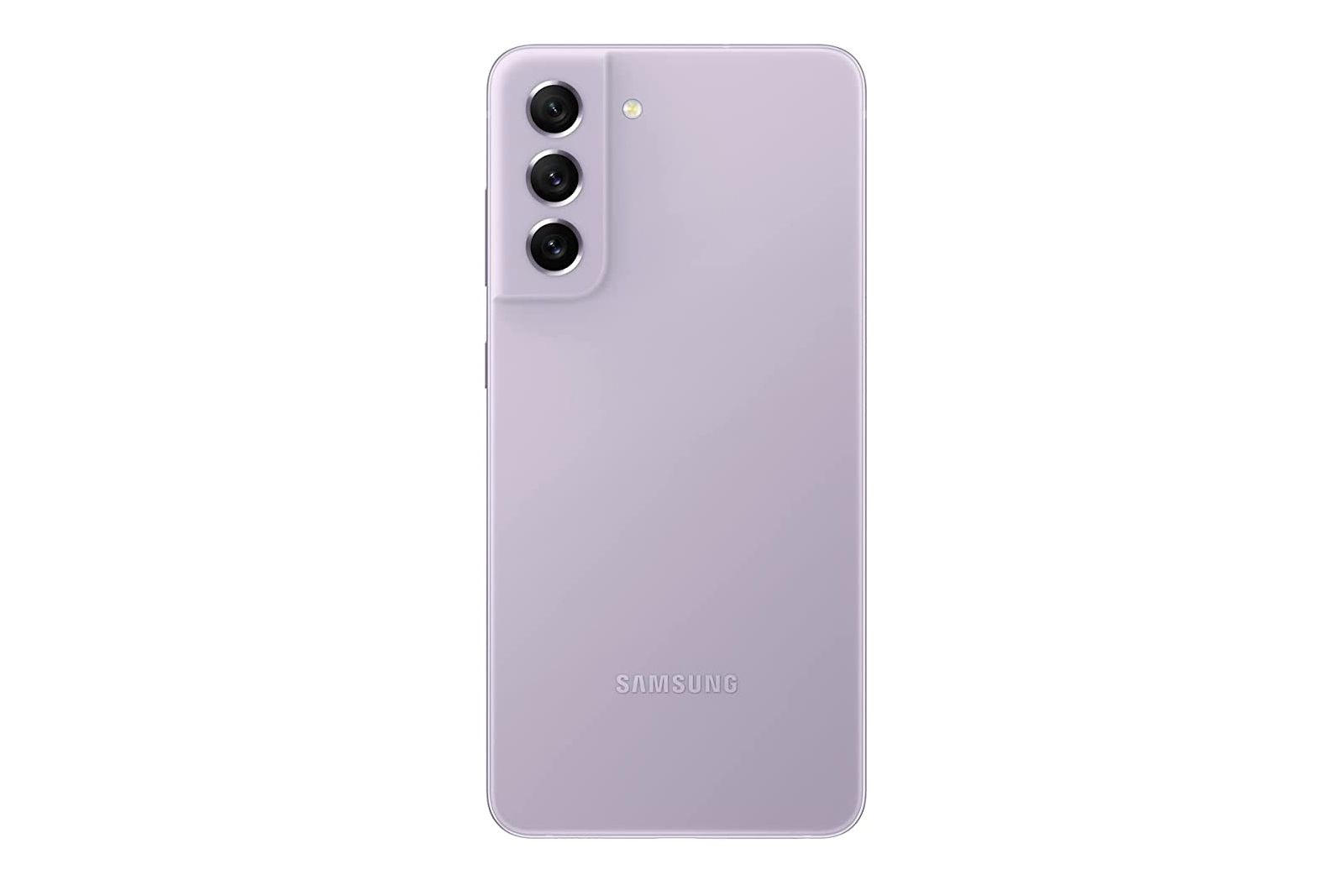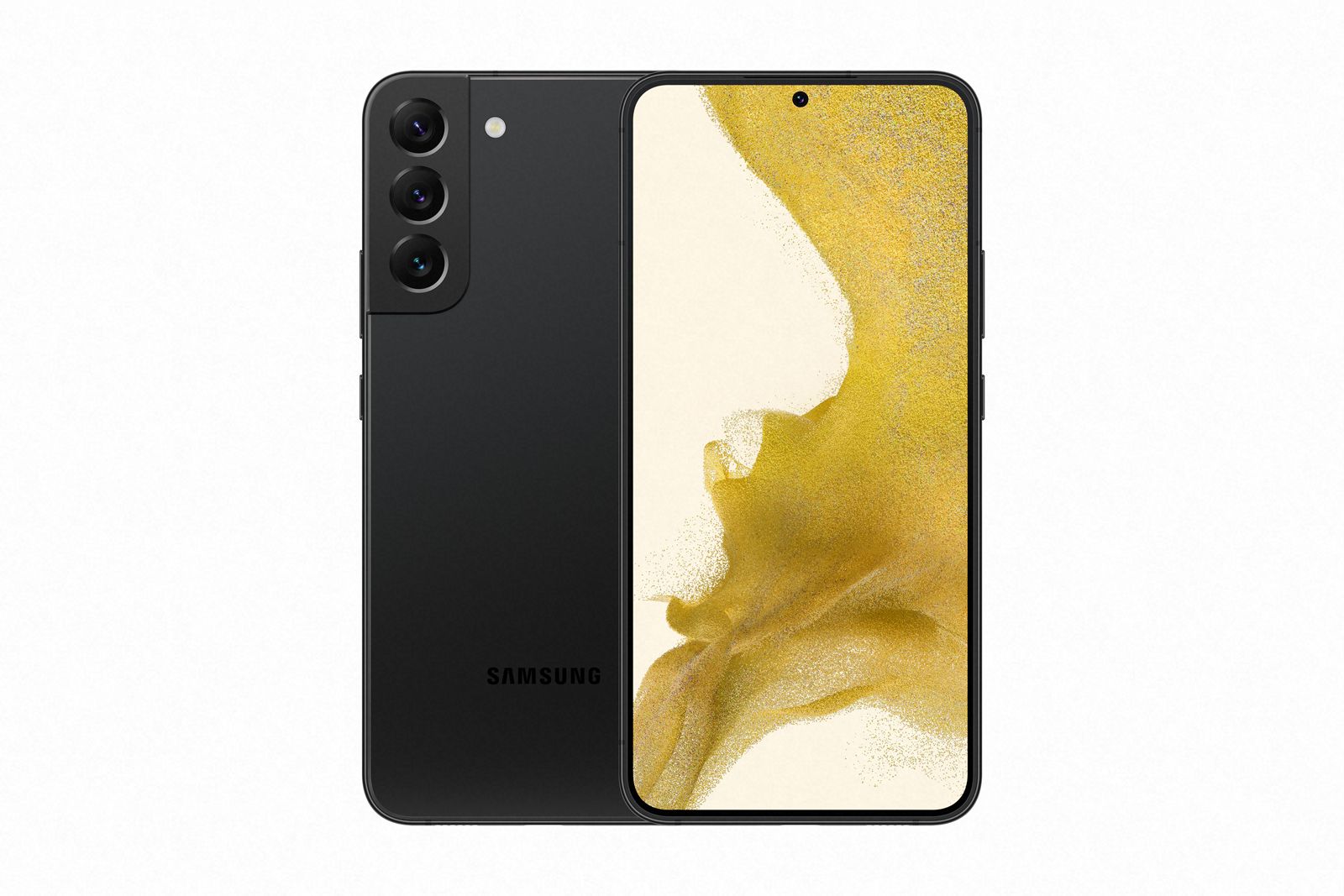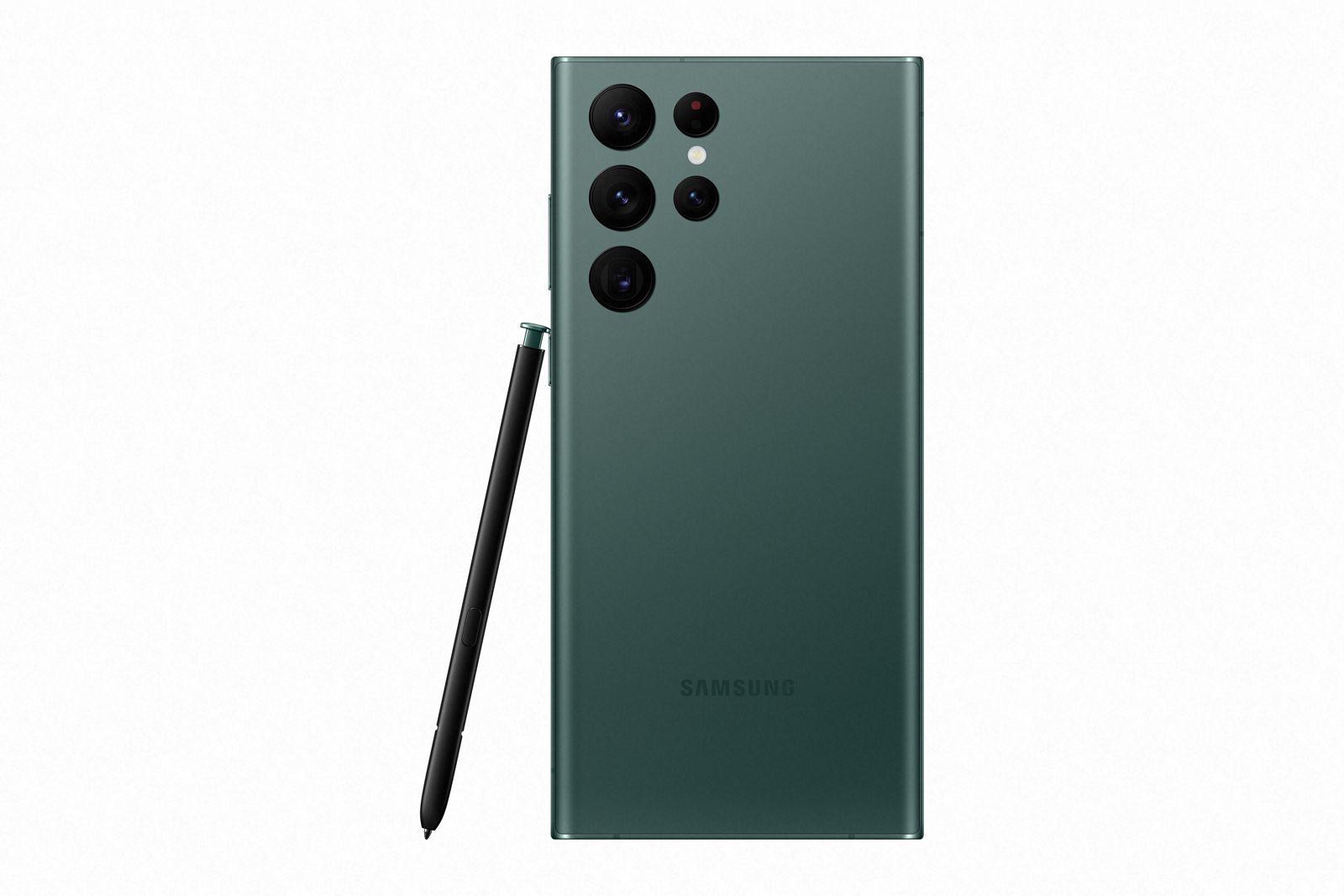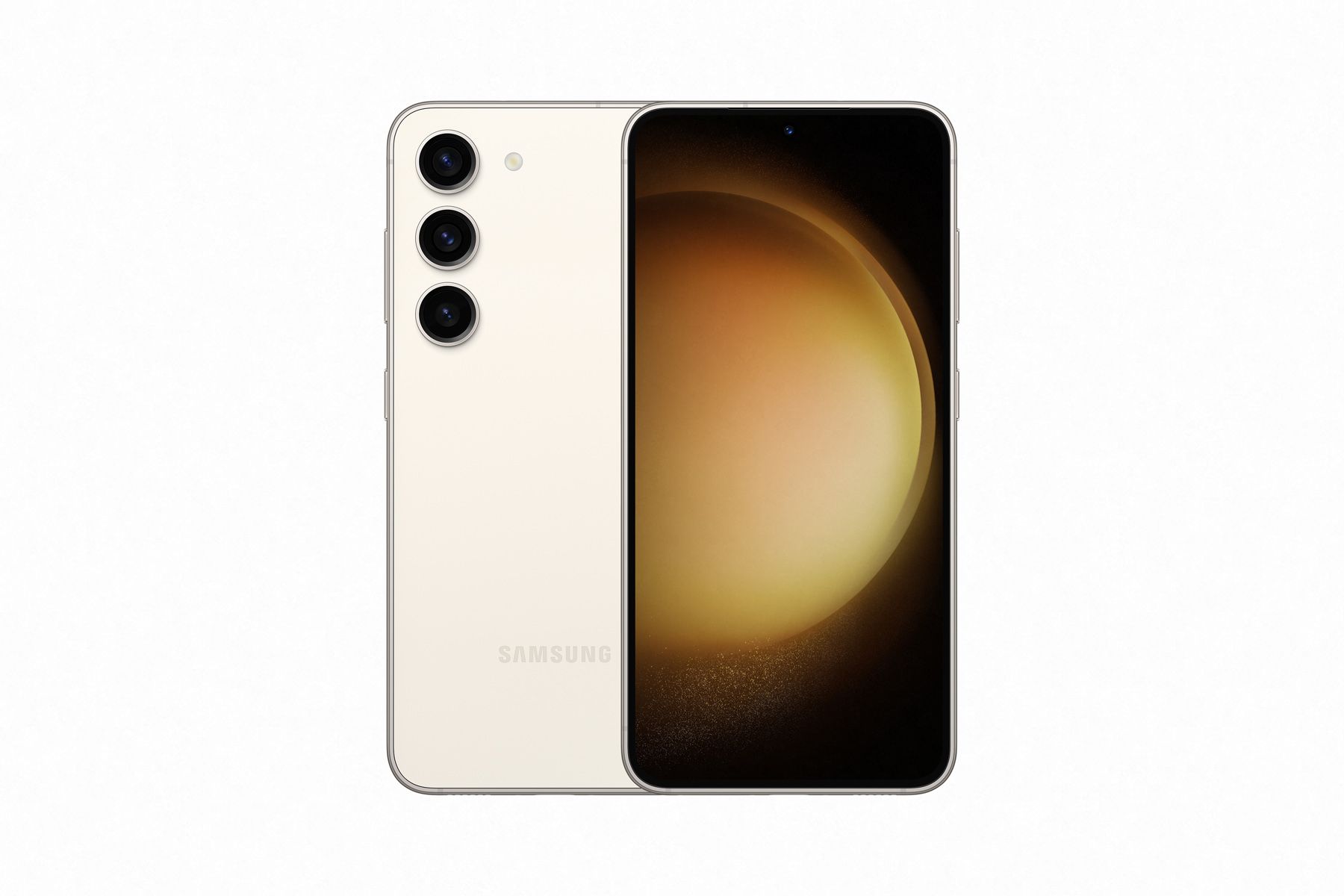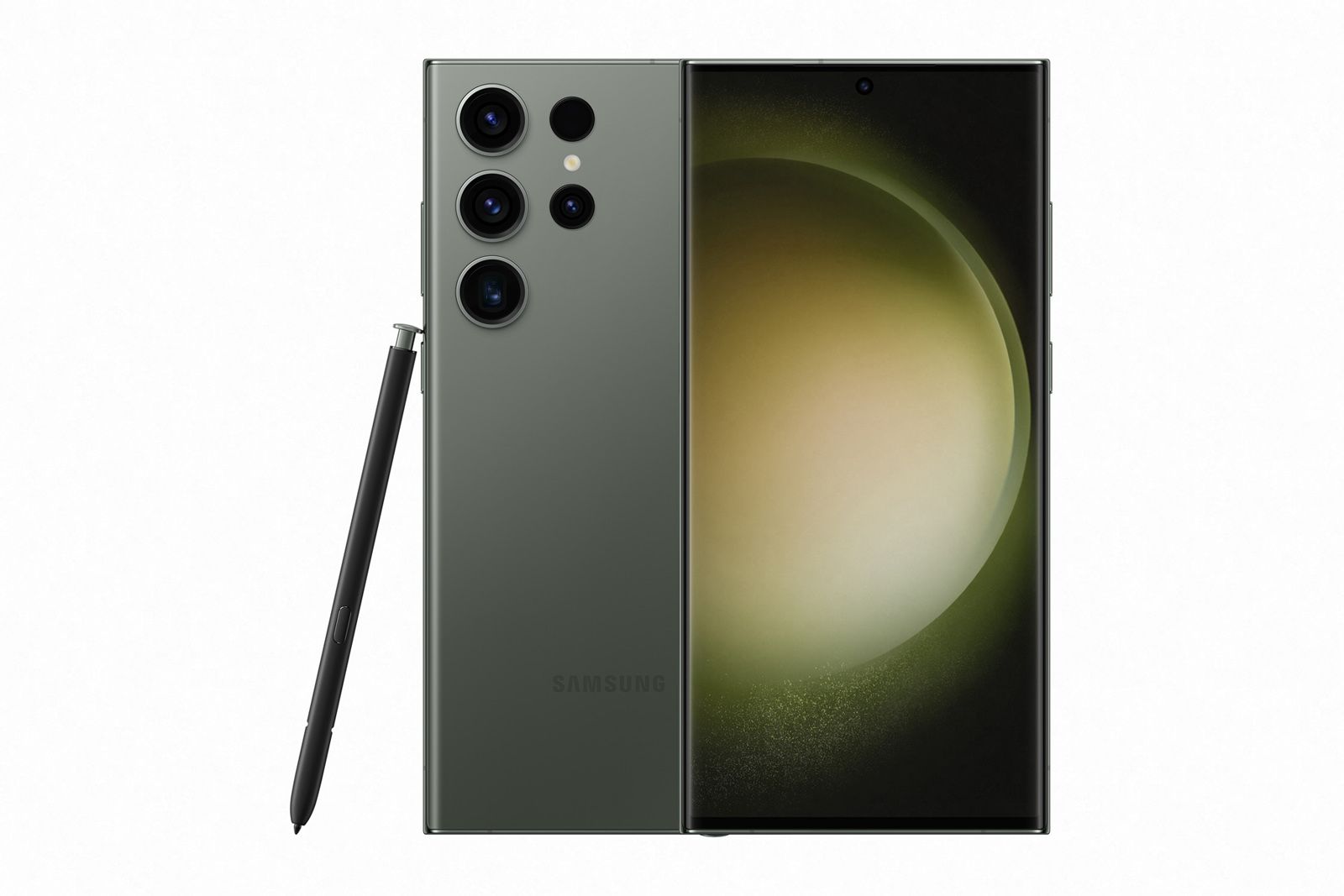Samsung continues to be one of the most popular phone manufacturers in the world and with good reason. The company’s Galaxy S flagship smartphones often pack the greatest tech, innovative designs and easy-to-use functionality that users love.
The Samsung Galaxy S23, Galaxy S23+ and Galaxy S23 Ultra launched as Samsung’s 2023 flagship phones, replacing the S22 models from the previous year.
Come with us on a trip down memory lane and see how Samsung has changed its devices in our history of the Galaxy S.
Samsung Galaxy S
Samsung
First released in June 2010, the Samsung Galaxy S ran on Android 2.1 and had an 800 x 480 Super AMOLED display. It also had a single-core 1GHz processor and 0.5GB of RAM. The rear camera was 5-megapixels, while the front was just 0.3-megapixels. The thing that really stood out about it was the customisation of Android. Although we’d seen some of TouchWiz on other devices, it felt like it worked on the Galaxy S.
Samsung Galaxy S II
Samsung
Also known as the Samsung Galaxy S II, the refreshed phone was released in April 2011 and sported a similar 800 x 480 screen as its predecessor. The processor got a bump up to dual-core and 1.2GHz, and there was 0.75GB of RAM. The rear camera was 8-megapixels this time, with a 2-megapixel front-facing cam. Samsung embraced widgets with the Galaxy S II, something that rivals HTC was really pushing.
Samsung Galaxy S III
Samsung
Again sticking with the Roman numerals, so therefore technically known as the Samsung Galaxy S III, this model came out in May 2012 and was the first in the series to have an HD screen. Its resolution of 1280 x 720 was pretty revolutionary at the time. It also sported Android 4.0 Ice Cream Sandwich. There was a 1.4GHz quad-core processor with 1GB of RAM on launch, although Samsung stuck with an 8-megapixel rear camera. It was slightly more sculpted than the previous phone and it felt like Samsung wanted to push the design a little harder.
Samsung Galaxy S4
Samsung
Released in April 2013 and ditching the Roman numerals that nobody used when referring to Galaxy phones anyway, the Galaxy S4 had a 5-inch Full HD display. It also upped the processing power to a 1.9GHz quad-core chip, with 2GB of RAM. The rear camera had a jump too, up to 13-megapixels. The design sense that we’d had from the S3 really came through here: the Galaxy S4 was a great phone, it just looked and felt right.
Samsung Galaxy S5
Samsung
Coming in April 2014, the Samsung Galaxy S5 also had a Full HD screen but it was slightly bigger, measuring 5.1-inches (an LTE-A model eventually upped that to 2560 x 1440). There was a 2.5GHz quad-core processor on board, with 2GB of RAM. And the rear camera was once again improved, to a 16-megapixel module. But the most interesting thing about the Galaxy S5 was around the rear, with a texture like a sticking plaster. Samsung was still using removable plastic backs at this time.
Samsung Galaxy S6
Samsung
April 2015’s Galaxy S line was the first to offer two separate devices at the same time. The more standard Galaxy S6 featured a flat 2560 x 1440 Quad HD Super AMOLED display, measuring 5.1-inches, while Samsung moved to embrace curved edges, resulting in the Galaxy S6 Edge and S6 Edge Plus. It was a defining moment for the Galaxy S series, something that continued for many years. .It ran on a Samsung-made Exynos octa-core processor, had 3GB of RAM and a 16-megapixel rear camera capable of recording Ultra HD footage. A 5-megapixel camera was adopted for the front.
Samsung Galaxy S6 edge
Samsung
Like its stablemate also released in April 2015, the Samsung Galaxy S6 edge had a 5.1-inch Quad HD screen, octa-core processor, 3GB of RAM, 16-megapixel rear camera and 5-megapixel front-facing cam. Where it differed is that the sides of the display are curved and wrap around to give the illusion of no bezel – a radical alternative at the time. There was also a Galaxy S6 edge+ model.
Samsung Galaxy S7
Samsung
The Samsung Galaxy S7 was announced in February 2016 and came with a 5.1-inch QHD display (2560 x 1440). Like the S6 before it, it was the flat-screen version of two handsets, but added a dual-pixel 12-megapixel camera for better low light photography and faster octa-core processor. Samsung Pay was enabled on the phone, which could work through NFC and magnetic strip systems.
Samsung Galaxy S7 edge
Samsung
It was all about those curves on the Samsung Galaxy S7 edge and a feeling that Samsung’s displays were unrivalled. The Galaxy S7 edge was a true flagship phone in every respect. It too was announced in February 2016 and its 5.5-inch dual edge QHD display was simply superb. All of the same features as the S7 were on board and the design was a touch rounder than the S6 edge that preceded it.
Samsung Galaxy S8
Samsung
The Samsung Galaxy S8 was the first to introduce the Infinity Display, that referred to the fact it had an edge-to-edge display with virtually no bezels. The front-mounted home button was moved to the back too, albeit in a slightly awkward position – something Samsung should correct with the S9. While there was also a second variant in the S8 Plus, which came with a bigger screen and better battery, but the standard Galaxy S8 came with curved edges as standard, moving away from a flat standard model.
Samsung Galaxy S9
Samsung
On the surface, the Samsung Galaxy S9 looks very similar to the S8 from 2017. The phone still offered that curved edge design and comes with a 5.8-inch OLED screen size and was once again, waterproof. The Galaxy S9 also offered AR emoji, which allows the phone to create a 3D avatar by scanning your face and creating a range of custom emoji for you. These can be used when chatting in WhatsApp or Facebook Messenger, for example, rather than using basic emoji. The Samsung Galaxy S9+ also launched alongside the S9 offering a dual aperture main camera that was a step up from the previous year.
Samsung Galaxy S10
Samsung
The Samsung Galaxy S10 launched alongside the larger S10+, the more affordable S10e and a 5G capable model. The 2019 flagship from Samsung featured a lot of the same design facets we grew to know and love. There were also some enhancements with this model that included market-leading concepts, like the UltraSonic fingerprint sensor. A triple-camera system, smart auto-camera suggestions and wireless reverse charging also made this another flagship to beat. It also had a punch hole camera on the front.
Samsung Galaxy S20
Samsung
Samsung’s flagship phone for 2020 was the Samsung Galaxy S20. There were also more premium variants in the Galaxy S20+ and S20 Ultra (below). The standard handset took the Infinity Display concept further – almost eliminating the bezel entirely. It also switched the punch-hole front camera to the centre. The screen sizes of the S20 and S20+ were 6.2- and 6.7-inches respectively, with Quad HD+ (3200 x 1440) resolutions. They also had in-display fingerprint scanners, like their S10 predecessors. Perhaps the biggest generational leap came with the bump to a 120Hz refresh rate, triple-lens cameras on both, and the S20+ also getting a Time-of-Flight camera. Both phones were 5G-enabled, with a 4G version of the S20 also available.
Samsung Galaxy S20 Ultra
Samsung
There was a new tier of flagship phone in the 2020 range, the launch of the Samsung Galaxy S20 Ultra. It had a mammoth screen – 6.9-inches, Quad HD+ (3200 x 1440) and 120Hz – but was perhaps going to be best remembered in design terms for its huge camera unit on the rear. As well as a Time-of-Flight sensor, the Ultra sported 108-megapixel main, 48-megapixel 10x telephoto, and 12-megapixel ultrawide cameras. It was also capable of up to 100x “Space Zoom” for some stunning long range photography.
Samsung Galaxy S20 FE
Samsung
The Samsung Galaxy S20 FE (fan edition) came in as a more affordable option, but unlike the Galaxy S10e, it didn’t feel compromised. Priced more affordably than the S20 models, it matched the power – with Snapdragon 865 globally – had a great display and the camera power of the S20 models. The build was slightly cheaper and it had a flat display, but it offered great value for money. The FE line has continued to sit in this position as a mid-year update with flagship specs.
Samsung Galaxy S21
Samsung
The Samsung Galaxy S21 and larger Galaxy S21+ took the flagship phone range in a slightly different direction. While they were a little cheaper than the launch price of the S20 models in 2020, there were a couple of moves – reducing the display to 1080p and moving to a plastic back – that justified the price reduction. It also returned to a flat display, like the Galaxy S7. But they were still powerful flagship level devices, with a triple camera arrangement and offering adaptive refresh rates for that display, so while it was only 1080p, it still offered 120Hz. But in moving down in position slightly, it meant that the S21 Ultra was the clear flagship from Samsung in 2021.
Samsung Galaxy S21 Ultra
Samsung
While most of the attention will be on the huge camera unit on the back, Samsung has tried to shift the topic of conversation to the Phantom Black finish of the Samsung Galaxy S21 Ultra. It was a premium look and feel for Samsung’s top phone. With the S21 models moving down in positioning slightly, there was renewed focus on what the S21 Ultra offered, with a chance to improve on areas that fell short in the S20 Ultra. New display tech and a rethinking of the cameras on the back made for a more attractive package, with Samsung looking to reassert itself as the flagship phone to lust after – and now the only model with a curved display.
Samsung Galaxy S21 FE
Samsung
A bit later to the party than its predecessor, the Samsung Galaxy S21 FE launched in January 2022, just before the Galaxy S22 range launched. Offering many of the same design traits as the Galaxy S21 range, the main difference on the S21 FE was the colour-matched rear camera. Size-wise, it sat between the S21 and S21+ and it offered many of the same features too, including a 120Hz display, though it was not as capable as the S21. Like the S20 FE, the S21 FE hit a sweet spot in terms of price and features, with mainly just a downgrade in camera to allow for the cheaper price.
Samsung Galaxy S22
Samsung
Samsung’s Galaxy S22 felt like an iterative update to the Galaxy S21. Again there were two models – the S22 with a 6.1-inch display and the Galaxy S22+ with a 6.6-inch display.
Outside of these size differences, these phones were basically the same, offering the same design and build, the same colours, the same power and hardware. There was a difference in the battery capacity, of course. Both these phones also shared features with the Galaxy S22 Ultra, which returned as Samsung’s 2022 flagship.
Samsung Galaxy S22 Ultra
Samsung
Updating the flagship of the range, the Samsung Galaxy S22 Ultra supported the S Pen and housed it internally, so many saw this as a replacement for the Galaxy Note series as well. Indeed, the design shifted slightly in those accommodations, but this device still packed in Samsung’s top camera loadout from the previous Ultra phones. It was all about numbers with a 108MP main camera, 6.8in display, and a big battery – and the latest hardware available for 2022.
Samsung Galaxy S23
Samsung
The Samsung Galaxy S23 adopts the individual lens design of the S22 Ultra, dropping the island-style camera design from the past couple of years. But the overall handset aesthetic hasn’t moved far from the S22, which wasn’t that different the S21. But this series of phones also get Snapdragon globally, with Snapdragon for Galaxy seeing the move away from Exynos. However, the display and the cameras are essentially the same as the Galaxy S22. Again, there’s the regular 6.1-inch version and a larger 6.6-inch Galaxy S23+.
Samsung Galaxy S23 Ultra
Samsung
Samsung’s top phone for 2023 is the Samsung Galaxy S23 Ultra. There are some big moves in this phone, although the design doesn’t change from the S22 Ultra. Instead, it’s the move to a 200-megapixel camera that’s going to set tongues wagging, promising more detail, better low light images and a whole lot more. There’s the same power as the other S23 models, but it also retains the S Pen for additional screen interactions.
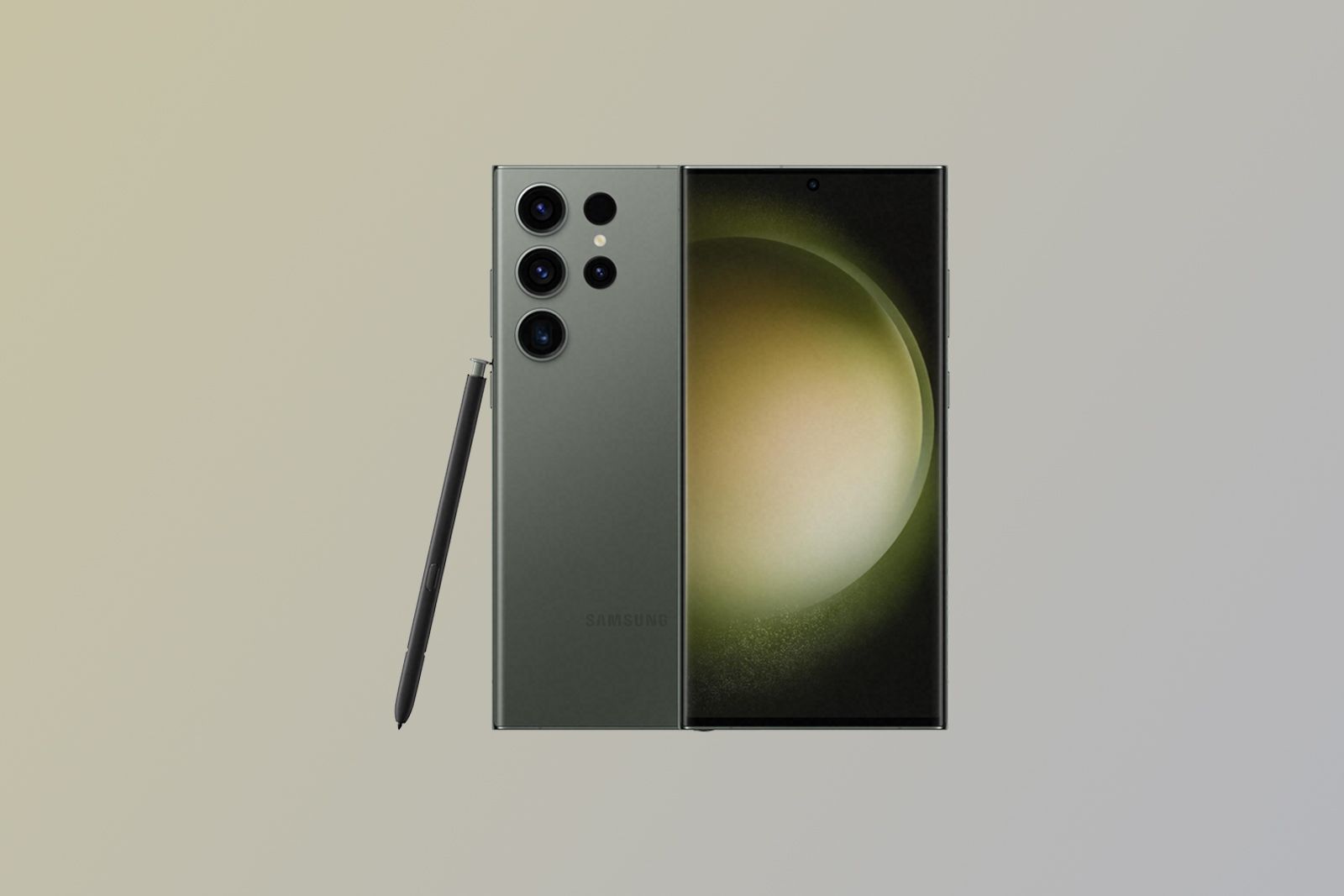
Samsung / Pocket-lint
Trending Products

Cooler Master MasterBox Q300L Micro-ATX Tower with Magnetic Design Dust Filter, Transparent Acrylic Side Panel…

ASUS TUF Gaming GT301 ZAKU II Edition ATX mid-Tower Compact case with Tempered Glass Side Panel, Honeycomb Front Panel…

ASUS TUF Gaming GT501 Mid-Tower Computer Case for up to EATX Motherboards with USB 3.0 Front Panel Cases GT501/GRY/WITH…

be quiet! Pure Base 500DX Black, Mid Tower ATX case, ARGB, 3 pre-installed Pure Wings 2, BGW37, tempered glass window

ASUS ROG Strix Helios GX601 White Edition RGB Mid-Tower Computer Case for ATX/EATX Motherboards with tempered glass…


